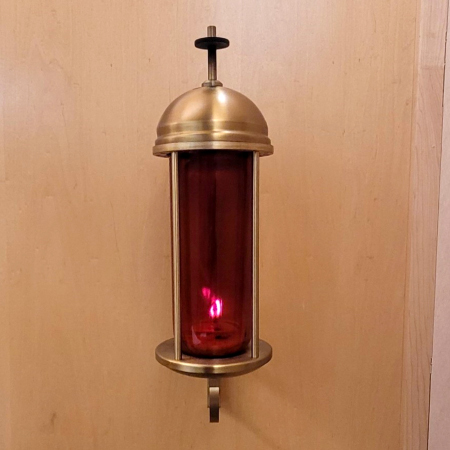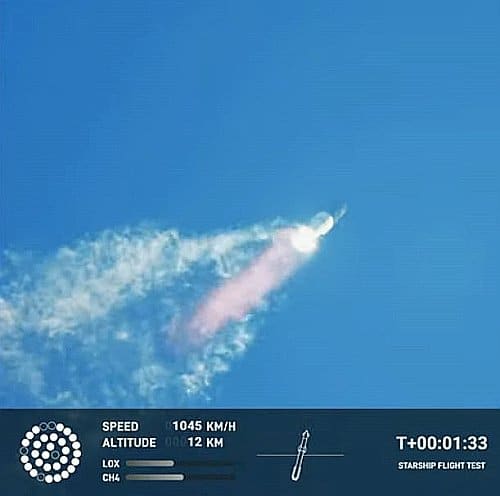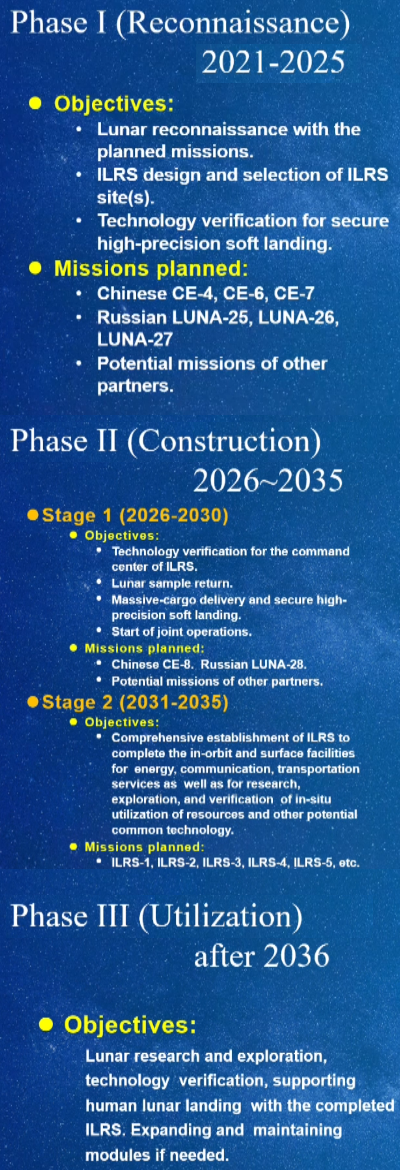Pushback: Three teachers blacklisted by Rhode Island for refusing the jab score total victory in court

Oppressive Rhode Island
Bring a gun to a knife fight: After a legal battle lasting more than a year, three teachers in Rhode Island have won a full victory in court after their school district fired them for refusing the COVID jab in 2021.
The school committee has agreed to full reinstatement with back pay, as well as attorney’s fees, it announced today: “The three teachers have the opportunity to return to teaching positions within the Barrington School District should they choose to do so, at the steps they would have been at had they worked continuously. Each individual will receive a payment of $33,333, along with back payments: Stephanie Hines ($65,000), Kerri Thurber ($128,000), and Brittany DiOrio ($150,000). Attorney fees totaling $50,000 will be paid to the teachers’ legal counsel.”
Piccirilli says the school has also agreed to pay punitive damages totaling $100,000 to be split three ways among the teachers. The teachers’ two-year battle with the district also took a toll on their names and reputations. The agreement requires their termination records to be expunged, Piccirilli explained today in an interview.
The teachers have been made whole in every respect, he says. It is as if they were never fired. [emphasis mine]
These three teachers join the small select group of blacklisted individuals who lost their jobs because they refused the jab but later won in court. Sadly, they are the exception, not the rule. In general, the vast majority of people hurt by all the COVID mandates — from lockdowns to jab mandates — have not been made whole. For example, even though the Biden administration has lost in court repeatedly over its attempt to force government employees to get the jab, it continues to refuse to rehire the many military and civilian employees it fired. In the case of the military this refusal is even more insane and petty, as the Pentagon has been in the last few years falling far short of its recruitment quotas.
Note also that the full announcement by the Barrington school district (available here) not only admits no error, it even underlines how correct it considered its draconian policies. Despite extensive data beginning in the summer of 2021 that the various COVID shots did nothing to prevent transmission, the district still claims everything it did was proper. To quote:
» Read more

Oppressive Rhode Island
Bring a gun to a knife fight: After a legal battle lasting more than a year, three teachers in Rhode Island have won a full victory in court after their school district fired them for refusing the COVID jab in 2021.
The school committee has agreed to full reinstatement with back pay, as well as attorney’s fees, it announced today: “The three teachers have the opportunity to return to teaching positions within the Barrington School District should they choose to do so, at the steps they would have been at had they worked continuously. Each individual will receive a payment of $33,333, along with back payments: Stephanie Hines ($65,000), Kerri Thurber ($128,000), and Brittany DiOrio ($150,000). Attorney fees totaling $50,000 will be paid to the teachers’ legal counsel.”
Piccirilli says the school has also agreed to pay punitive damages totaling $100,000 to be split three ways among the teachers. The teachers’ two-year battle with the district also took a toll on their names and reputations. The agreement requires their termination records to be expunged, Piccirilli explained today in an interview.
The teachers have been made whole in every respect, he says. It is as if they were never fired. [emphasis mine]
These three teachers join the small select group of blacklisted individuals who lost their jobs because they refused the jab but later won in court. Sadly, they are the exception, not the rule. In general, the vast majority of people hurt by all the COVID mandates — from lockdowns to jab mandates — have not been made whole. For example, even though the Biden administration has lost in court repeatedly over its attempt to force government employees to get the jab, it continues to refuse to rehire the many military and civilian employees it fired. In the case of the military this refusal is even more insane and petty, as the Pentagon has been in the last few years falling far short of its recruitment quotas.
Note also that the full announcement by the Barrington school district (available here) not only admits no error, it even underlines how correct it considered its draconian policies. Despite extensive data beginning in the summer of 2021 that the various COVID shots did nothing to prevent transmission, the district still claims everything it did was proper. To quote:
» Read more














